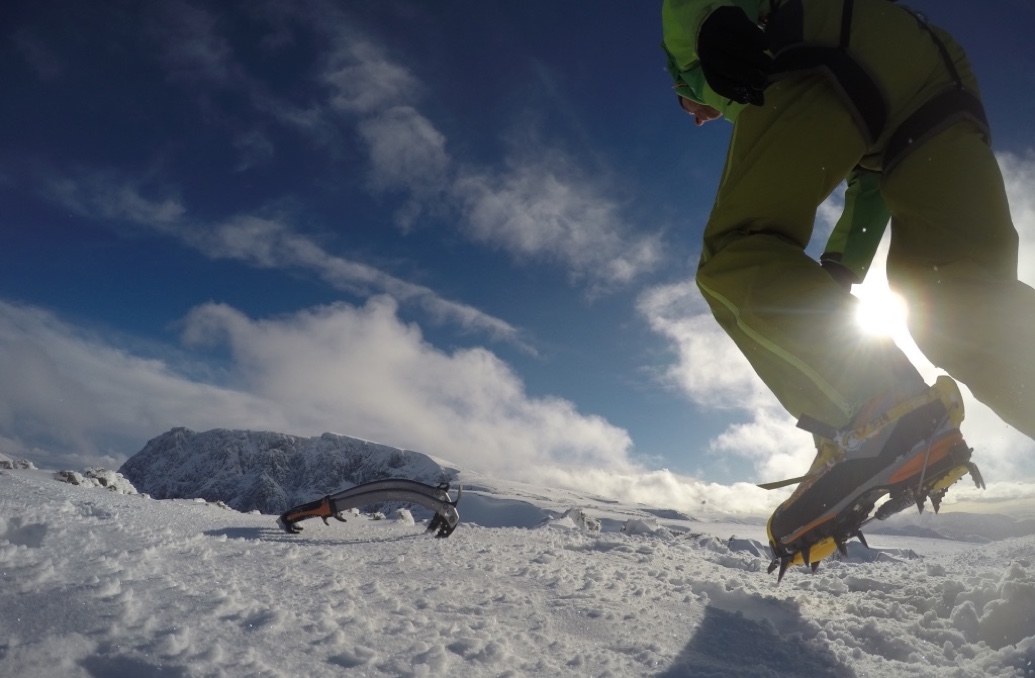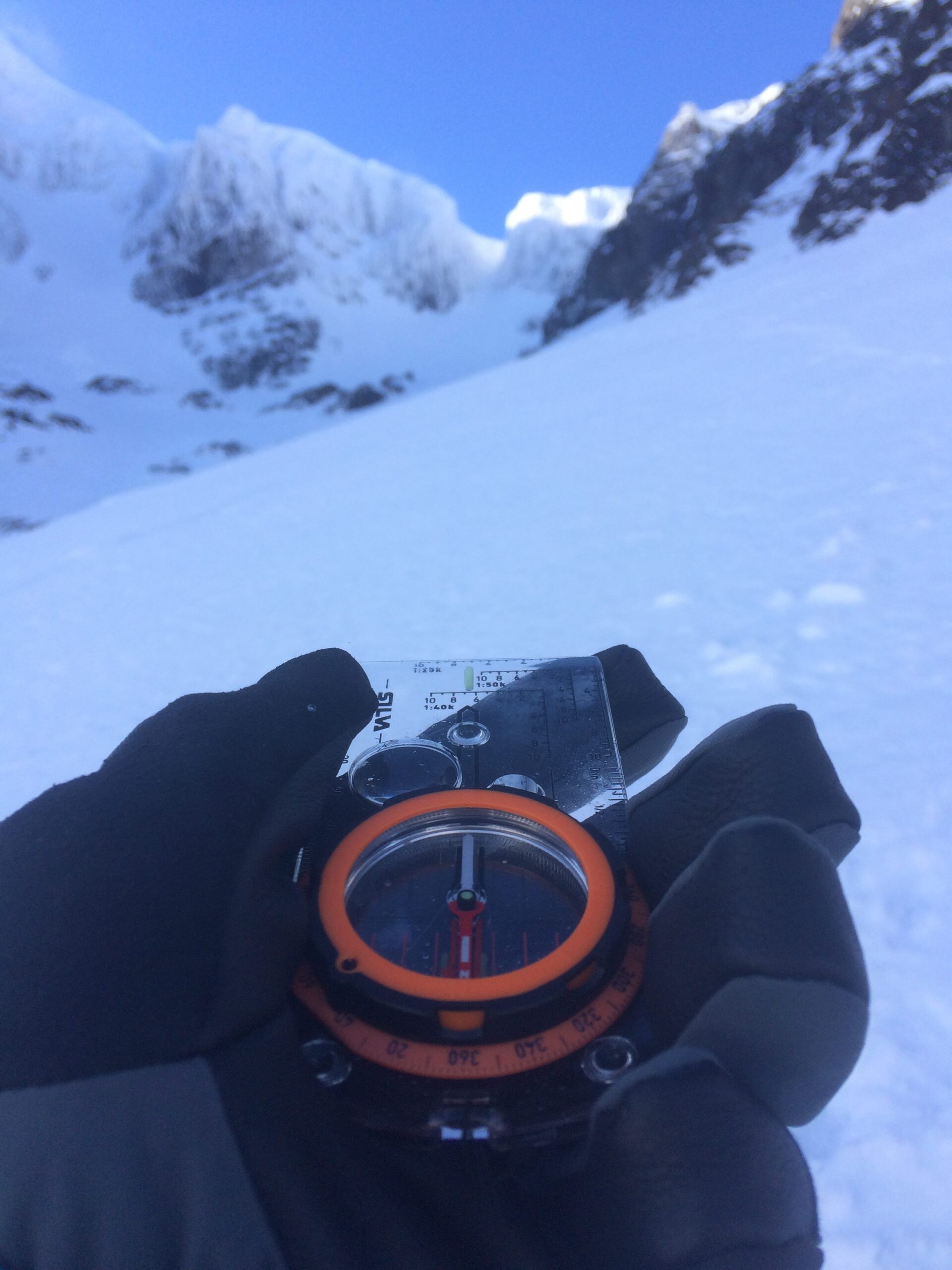07775 853 348


With the winter season fast approaching, most of us are hoping for a cold and snowy winter. So, what can we do and how to prepare for winter. Whether we enjoy winter walking, mountaineering and/or climbing. Here is my list of how to prepare for winter advice.
Having the right clothes is very important when out in winter. Its about having the right layering system. You need to have warm layers for when it is cold, windproof layers for when it is windy, and waterproof layers for when it is raining and/or snowing. It is better to have lots of layers, than one item of clothing that does everything. The benefit of layering is that when you are working hard, you can lose a layer or two. So that you do not overheat. The opposite also works.
Sometimes we will try and save money by picking one item that does many jobs. But then once out in the field, we realise it may not be so efficient.
How many of us have a waterproof jacket or trousers that we have had for years and not washed with Nikwax? Maybe we only use it for the winter season, and we think it has not had enough use. Or we only use it when we go out in the rain/snow seldom. The waterproof jackets and trousers we use in winter, need regular re-waterproofing. Even if they have been hanging in the wardrobe since last season.
Here is a link on how to look after your Gore-tex.
And do not forget to re-waterproof your gloves. Yes, that’s what I said, re-waterproof your gloves. I think even fewer of us do this. Whether these are made of leather, or fabric. Please check out the manufacturer’s instructions for advice on this, and prepare for winter.
I guess this one is self-explanatory. We need sharp points on our ice axes and crampons, for them to bite into neve, ice and frozen turf, or to accurately settle on an edge. This is what keeps us secure on sometimes insecure terrain, with less effort. If crampons and ice axes bite easier into ice (for example), we will be using less effort. And maybe are more likely to have type 1 fun.

This is definitely important. There are lots of books out there with advice and information. There are many website with information out there as well.
Canadian avalanche association
American avalanche association
European Avalanche Warning service
You can also follow a course where you will learn about avalanche awareness. Where you learn the basics, and are then able to make decisions for yourself. The worst you can do, is follow others around the hill. Because they may know very little, and get away with it. The more you know, the more independent you will be, the longer you may preserve your life. Here is a link to some useful information on
To maximise your enjoyment in winter in Scotland, it is important to analyse the snowpack conditions before going. That way you are prepared for what you will encounter out on the hill, and are more likely to make better decisions on your execution of your plans. It is always important to have a plan A, B, C, D, etc…. As someone knowledgeable once said to me: “The mountain will be there tomorrow, make sure you are”.
Here is a link where you can find out avalanche information according to location in the UK.
As mentioned before, these are one of the most important items needed in winter. Whether walking, mountaineering or climbing. You may struggle to have one set of gloves to do it all. And would certainly advice to have lots of different gloves for your adventures.
I carry lots of pairs of gloves (I carry 3-4 pairs for walking, don’t always use them all, but rather have warm hands, than having to suffer). I wear a thin pair of gloves on the walk in, or approach. Then put a thicker pair on, when using my ice axe, so as the cold of the metal does not cool my hands. I have a spare pair of thick gloves in case the others get saturated with sweat, or get wet. I then have another thin pair of gloves for the walk out. As the first pair I wore, are probably damp/wet from the morning. Again, this is only a suggestion, and it is a case of trial and error to see what system works for you.
Be able to navigate and read a map comfortably in all types of conditions, don’t just rely on electronic devices. GPS and phones can help, but when these stop working, things can go from bad to worse, especially in bad visibility conditions. The battery life of an electronic device can be diminished due to colder temperatures. Or may even sometimes stop working, although they appear to have ½ or 1/3 battery life left.

A map and compass will never fail (unless you keep your compass next to your phone, which can cause it to depolarise). It is important to have the ability to walk on bearings, and pace on different types of terrain and snow consistencies. This will give you the freedom to navigate accurately in whiteout and low visibility conditions. In Scotland, these tend to be a frequent happening in winter. Here is a link that may help you, in case you find yourself caught in a whiteout.
Always take an emergency shelter. If it is an older one, or has been used over the past few years, it may be worth re-waterproofing it. Just check the manufacturer’s instructions.
Always carry an emergency shelter between you as a group. You never know what may happen. Its better to be prepared, and not use it, than it is to realise it would have been better to pack it. It is very light, and can provide shelter from the weather conditions. It can even protect you from the elements if you are having lunch, which can be an emotional relief.
And lastly, make sure you have either winter tyres with a substantial tread on them. Or take some snow chains. These can be very handy to use on the sometimes-snow-covered roads, or approach tracks. Especially as we tend to start early in the morning, when traffic numbers are low, and the temperatures are colder.
If you are interested in our Winter courses, or would like some advice on any aspect of winter walking, mountaineering and/or climbing feel free to contact us. Or click the link below: